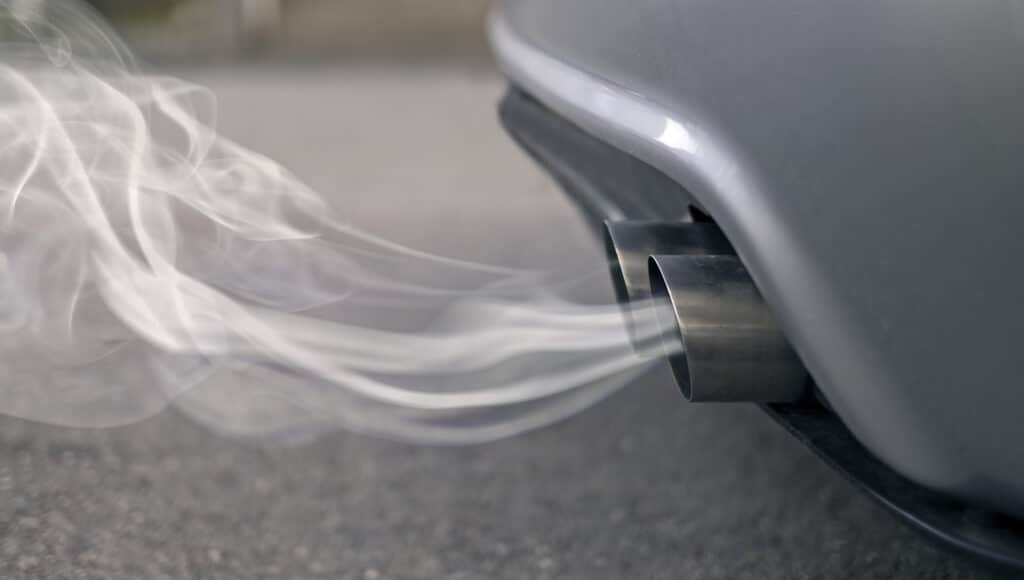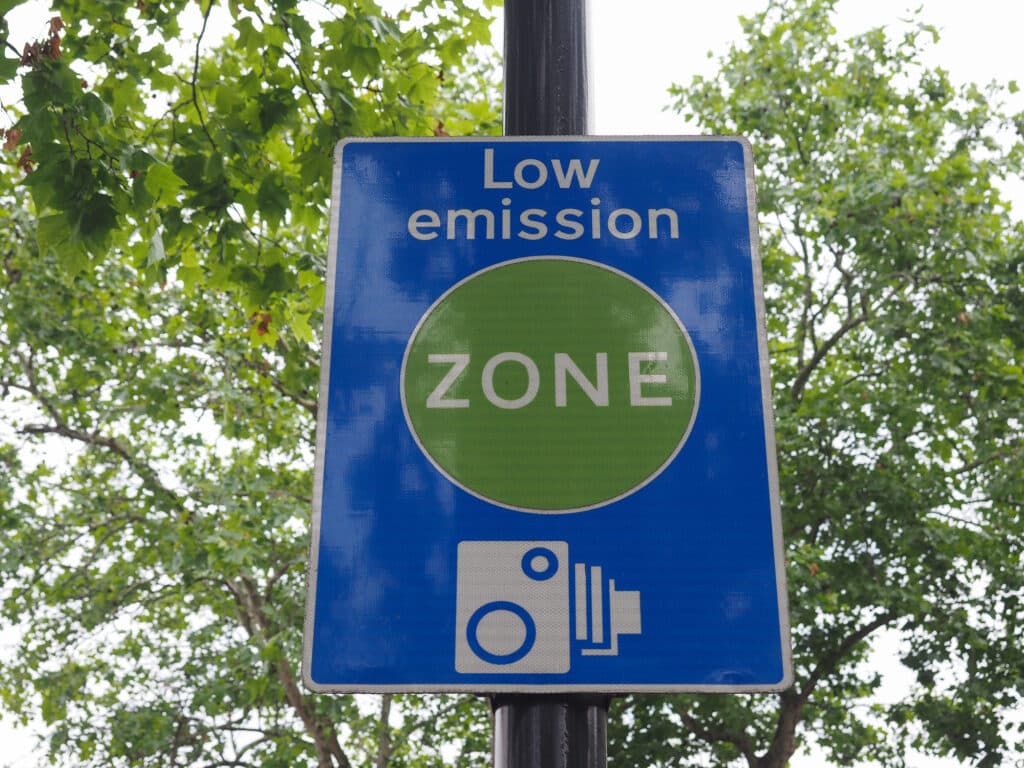Historically, a car’s ‘Euro’ rating may not have meant much to the average driver. But with the arrival of low-emission zones in towns and cities across the UK, a growing number of motorists are taking to the web to find out what their car’s Euro rating is, so that they can see how much they may need to pay in the future.
The good news is, finding your car’s Euro emissions standard rating is very straightforward. Ratings are based on the year a car was first registered, so this should help enormously in finding the Euro rating for your vehicle.
This guide will cover everything you need to know about European emission standards, including…
Quick links
- What is a Euro emissions standard rating?
- Why do cars have a Euro rating?
- How to check your car’s Euro rating
- Why might I need to know my car’s Euro rating?
What is a Euro emissions standard rating?
Since 1992, all cars produced and sold in Europe have received a ‘Euro rating’ based on the European Union’s emissions standards scheme. Starting at ‘Euro 1’, the scheme has progressed every few years to reflect changing technologies and emissions regulations, with ‘Euro 7’ being the current iteration in 2025. Euro 7 was the first emissions standard rating to include non-exhaust pollutants, such as those from tyres and brakes.
Although some countries had already introduced emissions-curbing guidelines before 1992, the Euro rating system brought standardised rules for all European nations. It was also always intended to become more stringent over time, with tighter rules on vehicle emissions to safeguard air quality and limit pollution as the number of vehicles increased.

Why do cars have a Euro rating?
The aim of European emissions standards has always been to limit the impact that vehicles have on the environment. Ensuring that all newly-registered cars meet the same emissions standards provides a way to manage and control the amount of pollution generated by cars on the road.
All new cars produced in Europe are given a Euro rating before they leave the factory. Individual vehicles are tested in a laboratory environment to ensure they meet the standards set by the latest Euro rating. Some environmental groups argue that this is the wrong approach, since a car’s emissions are often much higher in real-world conditions than they would be in a controlled environment like a lab.
The Euro rating system is designed specifically to reduce four main types of vehicle emissions, including:
- Nitrogen oxides (NOx)
- Carbon monoxide (CO)
- Hydrocarbons (HC)
- Particulate matter (PM)
When each new rating is introduced, the maximum allowable quantities for each of these compounds are reviewed to ensure that they’re at optimal levels. If evidence suggests that air quality is suffering as a result of any of these substances, the new Euro rating is likely to introduce stricter rules to limit the release of one or all of these pollutants.
Sceptical about the benefits of the European emissions standards? The evidence speaks for itself. For example, the level of CO has fallen by an average of 72% since 1992, while particulate matter for diesel cars is down 92% – no doubt as a direct result of the introduction of DPF filters, which came into force with the arrival of Euro 5.
It’s a similar story across the board, too, with huge decreases in emissions since Euro standards were introduced. Indeed, experts believe that the scheme has been so successful, that it would take around 50 new cars adhering to the latest Euro rating to account for the same volume of emissions as a single car made before 1992.

How to check your car’s Euro rating
Checking your car’s Euro standards rating is about as easy as it gets. The rating of your car should align with the year that it was first manufactured, though it’s worth noting that some makes and models may fall into a grey area depending on when they rolled off the production line (since they may fall into the old or new rating category depending on the exact date).
So, as long as you know when your vehicle was first registered (information available on your V5C), you should easily be able to cross-reference this with the Euro rating enforced at that time.
The table below covers all Euro ratings dating back to 1992, along with some additional notes about the changes that each new rating class brought.
| Euro rating | Cars registered from | Changes introduced |
| Euro 1 | 31 December 1992 | The first Europe-wide emissions standard for petrol and diesel carsNo limit for nitrogen oxides introduced on this first iteration of the scheme |
| Euro 2 | 1 January 1997 | Euro 2 brought new limits for CO, HC and PMStill no limit for NOx |
| Euro 3 | 1 January 2001 | First NOx limit for petrol and diesel cars500mg/km for diesel and 150mg/km for petrol |
| Euro 4 | 1 January 2006 | 50% reduction in carbon monoxide limit for petrol carsNOx limit reduced to 250mg/km for diesel and 80mg/km for petrol |
| Euro 5 | 1 January 2011 | DPF filter introduced for all new diesel enginesNOx limit reduced to 180mg/km for diesel and 60mg/km for petrol |
| Euro 6 | 1 September 2015* | NOx limit reduced to 80mg/km for diesel |
| Euro 7 | 1 Nov 2026 | The first emissions standard rating to include non-exhaust pollutants Vehicles must comply with emissions rules for up to 10 years of age or 124,000 miles. |
*Cars sold before 1 September 2016 may still be classed as Euro 5

Why might I need to know my car’s Euro rating?
It’s probably not escaped your attention that low-emission zones are becoming more commonplace around the UK, with a growing number of cities introducing schemes to discourage high-polluting vehicles out of urban centres. And whatever your thoughts on such initiatives, one thing’s for certain: the easiest way to check what you’ll need to pay is by using your car’s Euro standards rating.
Most clean-air zones and low-emission schemes are based on the guidelines and regulations of the European emissions standards scheme. In London’s Ultra Low Emissions Zone, for example, petrol vehicles that don’t meet Euro 4 face eye-watering charges, while any diesel car that doesn’t meet Euro 6 is also in line for some of the heftiest penalties and fees.
So, if you want to find out how much you’ll need to pay to drive in a low-emission zone – either now or in the future – knowing your car’s Euro rating is a good place to start.
Get more of the latest motoring news, advice and features on the Redex blog. If you’re looking to manage your car’s emissions, protect your engine or eliminate DPF blockages, take a look at our full range of Redex fuel additives and system cleaners for both diesel and petrol engines.
